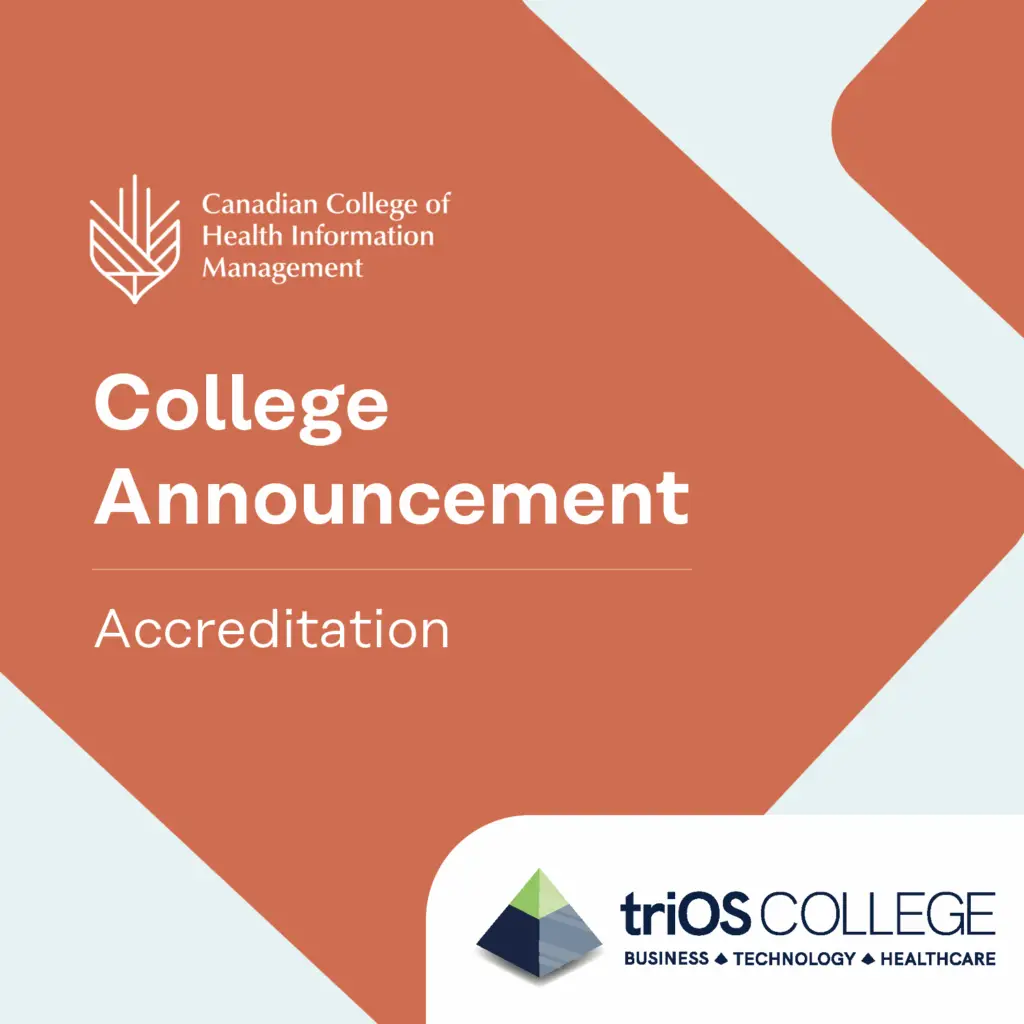By Kait Greer, MI, CHIM

If you work in health care, chances are you’ve heard of the terms: quality improvement, quality management, or performance improvement. Essentially, these are all terms used to systematically and continuously improve health care services, delivery, and performance.
The health care system is an ideal domain in which to apply quality improvement initiatives because many processes can be defined, measured, analyzed, improved, and controlled. Quality improvement involves “continuous efforts to achieve stable and predictable process results” with regards to both patients and the organization benefiting from a reduction in process variation and improved structure, performance, and outcomes (Agency for Healthcare Research and Quality).
What are we trying to accomplish? How will we know that a change is an improvement? And what change can we make that will result in improvement? Kait Greer, MI, CHIM
Quality improvement initiatives are not limited to clinical processes or environments and can be applied to many settings. Health information management (HIM) professionals can use a variety of quality improvement tools to evaluate their day-to-day practices and services. One framework to help guide such efforts is the Institute for Healthcare Improvement’s Model for Improvement. This is a great approach to identifying the change being sought and defining what the tangible results would be. The Model for Improvement consists of three questions and the Plan-Do-Study-Act (PDSA) cycle: What are we trying to accomplish? How will we know that a change is an improvement? And what change can we make that will result in improvement? The PDSA cycle is then used to test these changes. Another option is to start small, and look for opportunities to LEAN your work and remove waste (ie: wasted time, processes, movement etc.).
In the dynamic field of HIM, we are adept at transforming our practices and delivery of services. Having the knowledge and skills to apply a lens of quality improvement to our work is one more tool in our toolbox—and once you get started, you may find you want to continue seeking out opportunities to streamline and improve processes. Connecting with our employers to learn about QI training and initiatives is a great way to start the process. Here are a few resources for continuous learning on the path toward quality improvement:
The BC Patient Safety and Quality Council
Institute for Healthcare Improvement
Dr. Mike Evans: An Illustrated Look at Quality Improvement in Health Care
HIM Role in Patient Safety and Quality of Care PPB resource
References:
Ahmed, Selim. (2019) Integrating DMAIC approach of Lean Six Sigma and theory of constraints toward quality improvement in healthcare.
Agency for Healthcare Research and Quality (2013). Approaches to Quality Improvement.
Institute for Healthcare Improvement (n.d.). How to Improve.
IHI Innovation Series white paper. (2005). Going Lean in Health Care. Cambridge, MA: Institute for Healthcare Improvement.



